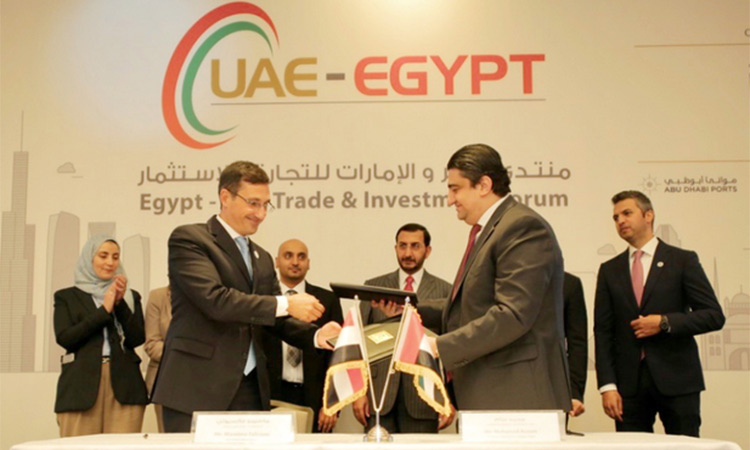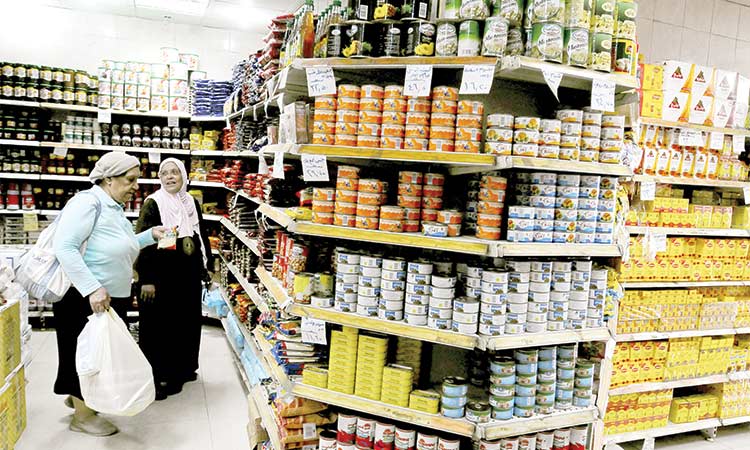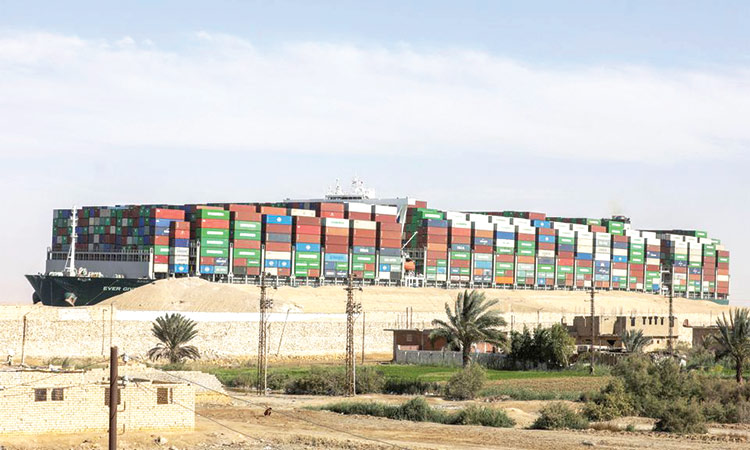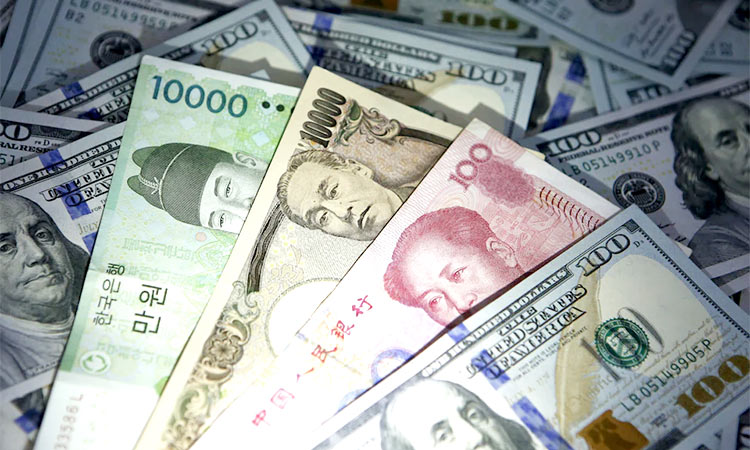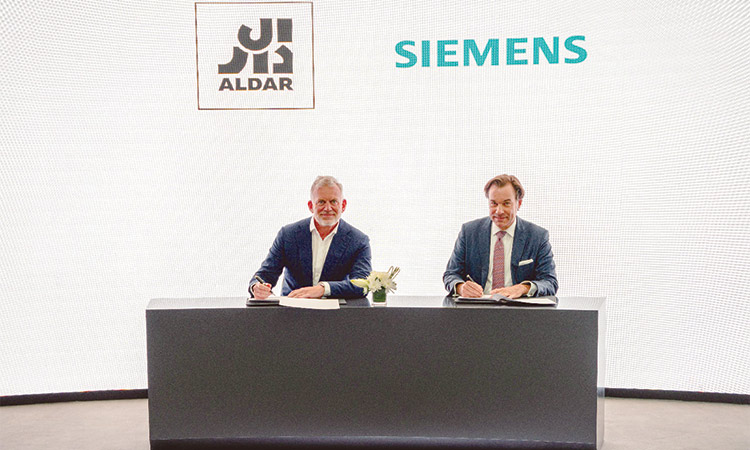Egypt’s unemployment rate drops to 8.1 per cent in Q1
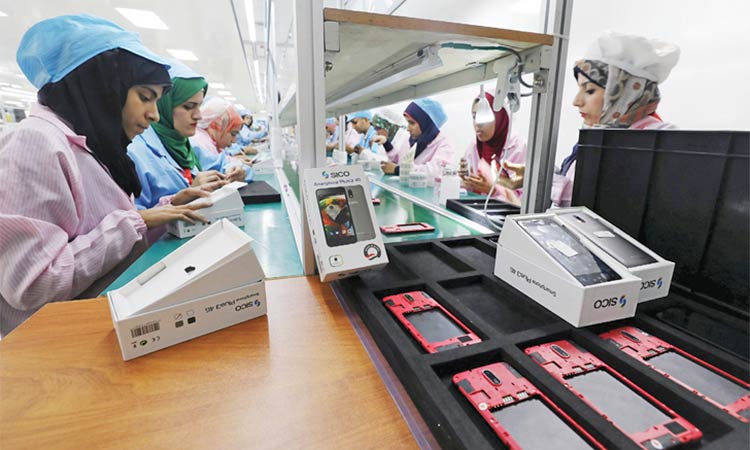
Women work on a production line at the mobile phone factory in Assuit, Egypt. Reuters
The number of unemployed stood at 2.267 million out of a total workforce of 27.968 million, CAPMAS said.
Unemployment was 8.9 per cent in the fourth quarter of 2018 and 9.9 per cent over the full year in 2018, according to the government.
Meanwhile the Egypt’s annual urban consumer price inflation eased to 13.0 per cent in April from 14.2 per cent in March, official statistics agency CAPMAS said on Thursday.
“The figures are lower than our expectations,” said Radwa El-Swaify, head of research at Pharos Securities Brokerage. “This month was the lowest month-on-month increase in three years.”
Urban inflation rose 0.5 per cent month-on-month in April, CAPMAS said, down from 0.8 per cent in March.
Egypt has been carrying out an IMF-backed economic reform programme since 2016 which saw inflation rise to a high of 33 per cent the following year.
It has since subsided, though rising fruit and vegetable prices have prolonged inflationary pressures.
“We expect next month’s figures to see a rise between 0.5 and 1 percentage points and for current rises in vegetable prices to be reflected,” Swaify said.
Continuous increases in fruit and vegetable prices had prompted the interior ministry and the military to sell some basic foods at below-market prices.
“Based on our analysis, increased efforts made by the government to provide the market with ample supplies of volatile food items (fruits, meat and vegetables) prior to the Ramadan season, has helped cool off the supply/demand pressures on inflation,” Naeem Brokerage, which predicted headline inflation would fall to 13.2 per cent, said in a note on Wednesday.
CAMPAS said urban food and beverage prices saw a rise of 13.0 per cent year-on-year and 0.5 per cent month-on-month.
Millions of people in Egypt, the Arab world’s most populous country, live below the poverty line. They are struggling to meet basic needs after successive increases in the prices of vegetables, fruit, fuel and medicine.
Egypt’s non-oil private sector economy saw renewed growth in April, according to latest PMI data. Output expanded for the first time in nearly one-and-a-half years and new business increased at a faster rate. Input purchasing and job numbers also rose, while business sentiment towards the year-ahead outlook for activity strengthened.
Summary The seasonally adjusted Emirates NBD Egypt Purchasing Managers’ Inded (PMI) - a composite indicator designed to give an accurate overview of operating conditions in the non-oil private sector economy - rose from 49.9 in March to 50.8 in April, signalling the first improvement in overall business conditions since August 2018. Furthermore, the PMI reading was the highest observed in over three-and-a-half years.
Central to the improvement was an expansion in business activity at the start of the second quarter of the year. Despite being modest, the rise in output was the first seen since November 2017. Panellists primarily related this to greater market movement and an increase in demand.
Concurrently, new orders saw a slight rise, as many firms reported higher sales and the securing of new contracts. This followed a marginal increase in March. Foreign sales continued to decline, albeit at a softer rate.
Egyptian firms responded to favourable domestic demand by lifting input buying during April. In addition, employment levels grew for the first time in eight months. Backlogs saw only a slight increase, while lead times were broadly unchanged.
Output prices were still restrained in April, as the run of weak activity in recent months led some businesses to reduce selling charges to attract new customers. Overall selling prices have seen little change since last November, while input cost inflation remained weak. That said, cost burdens increased at a faster pace than in March, driven by higher fuel and electricity prices and a rise in living costs.
Regarding future output, Egyptian companies were more positive in April on the back of an improving picture for the private sector.
Some firms mentioned greater tourism and export markets as key reasons underpinning optimism. Output expectations were the second-strongest in 12 months.
Non-oil companies in Egypt expanded production levels during April for the first time since November 2017. Although slight, the rate of increase in output was the fastest in over three-and-a-half years. Where growth was noted, firms generally mentioned renewed market activity and strengthening demand.
Reuters
